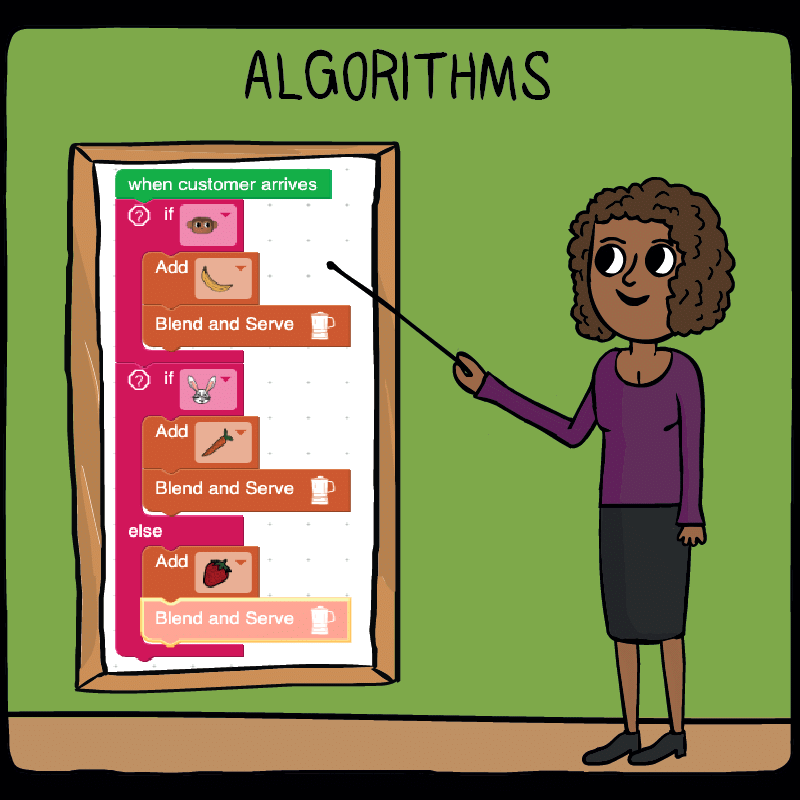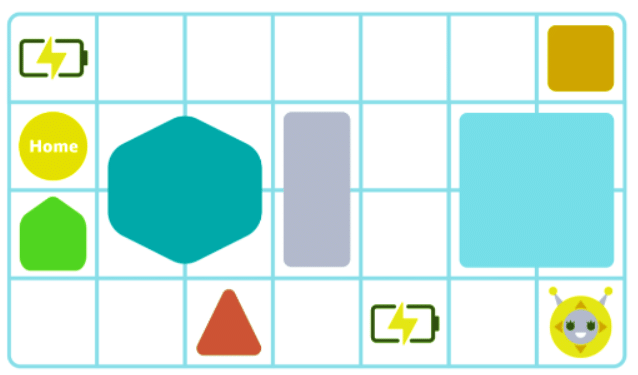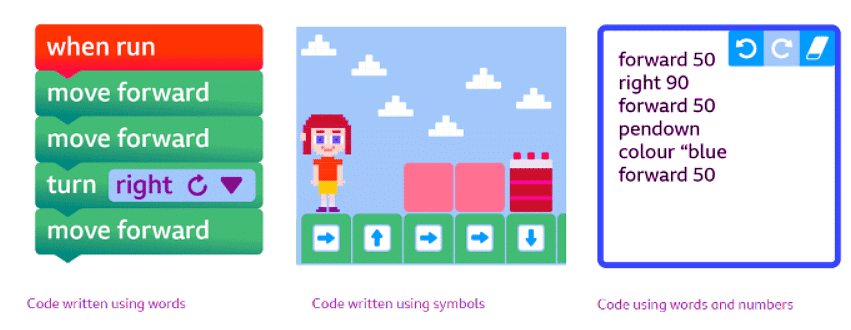Year 3 Exam > Year 3 Notes > Year 3 Computing > All about algorithms
All about algorithms | Year 3 Computing PDF Download
| Table of contents |

|
| Understanding Algorithms |

|
| Clear instructions |

|
| Solving a problem |

|
| Speaking a computer's language |

|
Understanding Algorithms
- An algorithm is a series of steps or a set of guidelines followed to accomplish a task or solve a problem.
- Algorithms are beneficial in many different scenarios.
- They can assist us in learning how to do something new, such as playing a new computer game, solving a puzzle, or crafting a model boat from paper.
- The algorithm may consist of text, pictures, symbols, and numbers.

Clear instructions
- When creating an algorithm, you need to include precise, step-by-step instructions. This requires breaking down the task or problem into smaller steps.
- This process is called decomposition, and it is crucial for determining the steps in an algorithm.
- The instructions must be clear and in the correct sequence.
- We want to learn how to say "Hello, good morning!" in British Sign Language.
- The instructor has decomposed the process into an algorithm with three steps, each following the previous one in sequence:
- Wave your hand near the side of your head.
- Make a short forward movement with a closed hand and thumb up.
- With your right hand bent towards you, tap the far side of your chest with your fingertips, then the near side of your chest.
- Even though the steps are in the correct order, it can sometimes be challenging to understand what each action looks like.
- An algorithm is a specific set of ordered rules or instructions that can be followed by either a person or a computer to achieve a particular task or solve a problem. Essentially, it is a sequence of steps that outlines how to accomplish an objective.
Question for All about algorithmsTry yourself: Which of the following best defines an algorithm?View Solution
Solving a problem
- To help solve a problem, we can break it down, or decompose it, into steps. These steps can then be arranged into a sequence called an algorithm.
- When playing a computer game, we often encounter challenging problems that need to be solved as we progress through the game.
- In this game, we must guide the Bitesize Bot through the shape maze to find her way home. Along the way, she needs to collect two battery power-ups.

Speaking a computer's language
- Even though you've worked hard to make your algorithm clear and accurate, computers won't be able to understand it as they use a different language.
- The algorithm needs to be translated into code, which is a language that the computer understands. An algorithm translated into code is called a computer program.
- Sometimes, code is referred to as a programming language.

The document All about algorithms | Year 3 Computing is a part of the Year 3 Course Year 3 Computing.
All you need of Year 3 at this link: Year 3
|
13 videos|26 docs|8 tests
|
FAQs on All about algorithms - Year 3 Computing
| 1. What are algorithms and why are they important in computer science? |  |
Ans. Algorithms are clear instructions or step-by-step procedures used to solve a problem or perform a task. They are crucial in computer science as they enable computers to process information efficiently and accurately.
| 2. How do algorithms help in speaking a computer's language? |  |
Ans. Algorithms provide a systematic way to communicate with computers by breaking down complex tasks into smaller, manageable steps that the computer can understand and execute.
| 3. How can algorithms be used to solve real-world problems? |  |
Ans. By following a well-designed algorithm, individuals can effectively tackle real-world challenges such as optimizing routes for delivery services, analyzing data for business insights, or even creating innovative solutions in various industries.
| 4. What role do clear instructions play in algorithm design? |  |
Ans. Clear instructions are essential in algorithm design as they ensure that the steps are easily understood and followed by both humans and computers. This clarity helps in avoiding errors and achieving accurate results.
| 5. How do algorithms in computer science differ from algorithms in other fields? |  |
Ans. Algorithms in computer science are specifically tailored to solve computational problems and are designed to be executed by machines. In contrast, algorithms in other fields may focus on different types of problems and may not necessarily involve computer processing.
Related Searches















